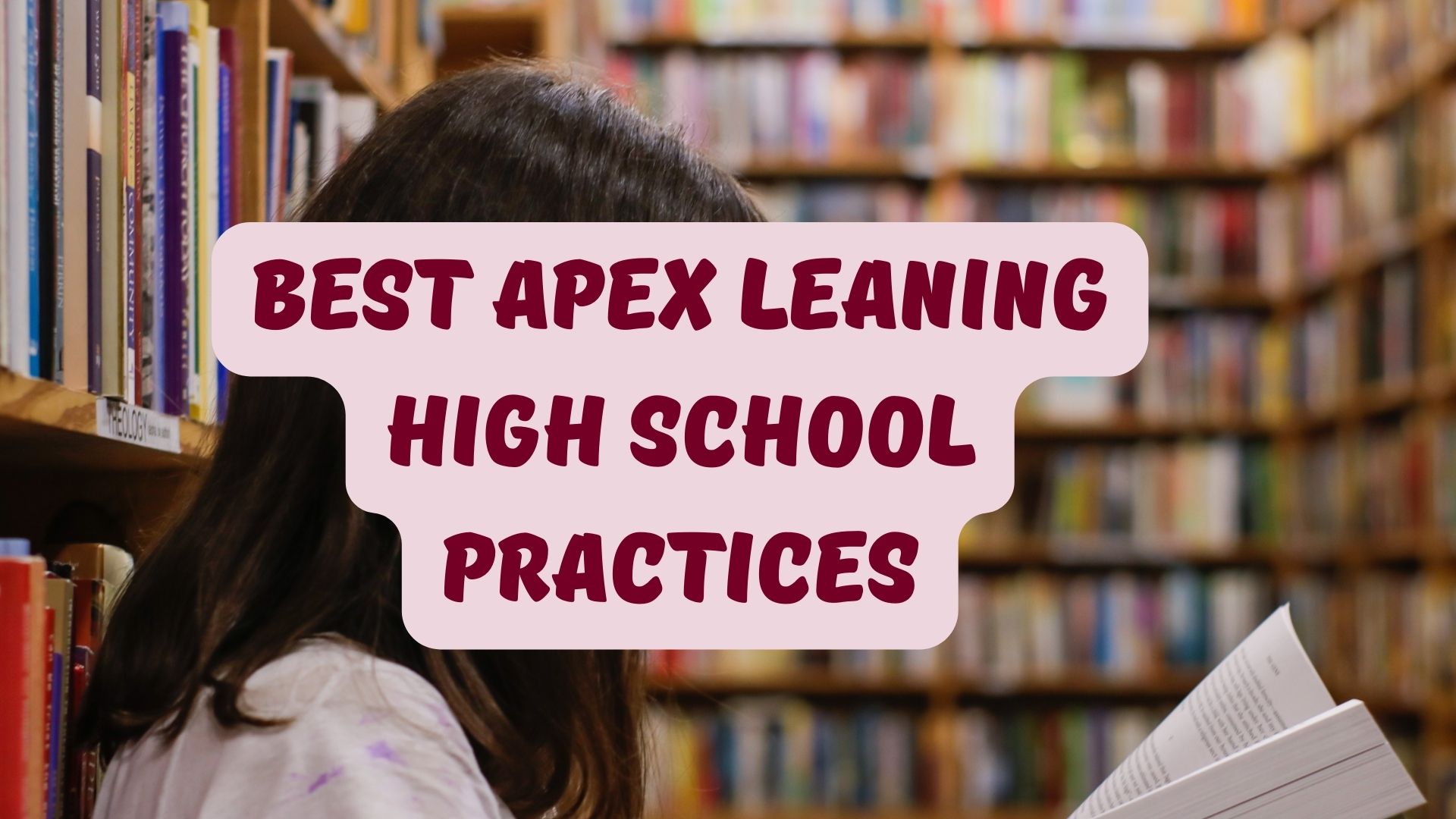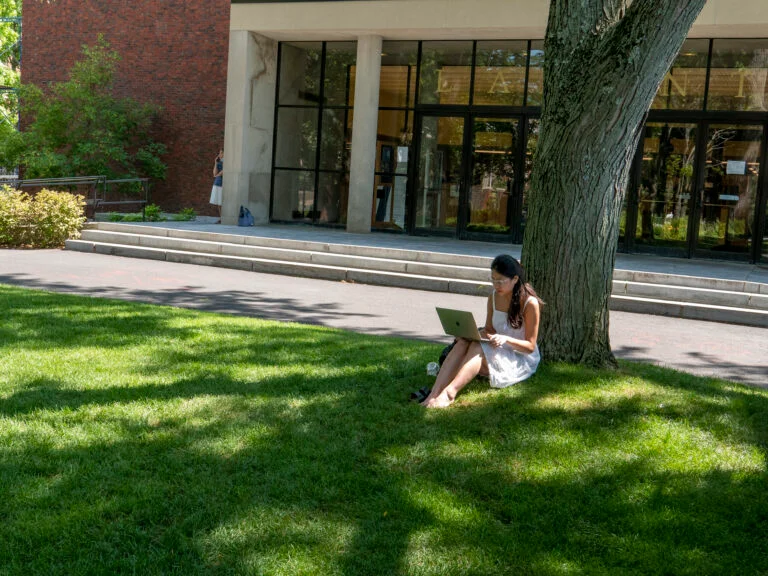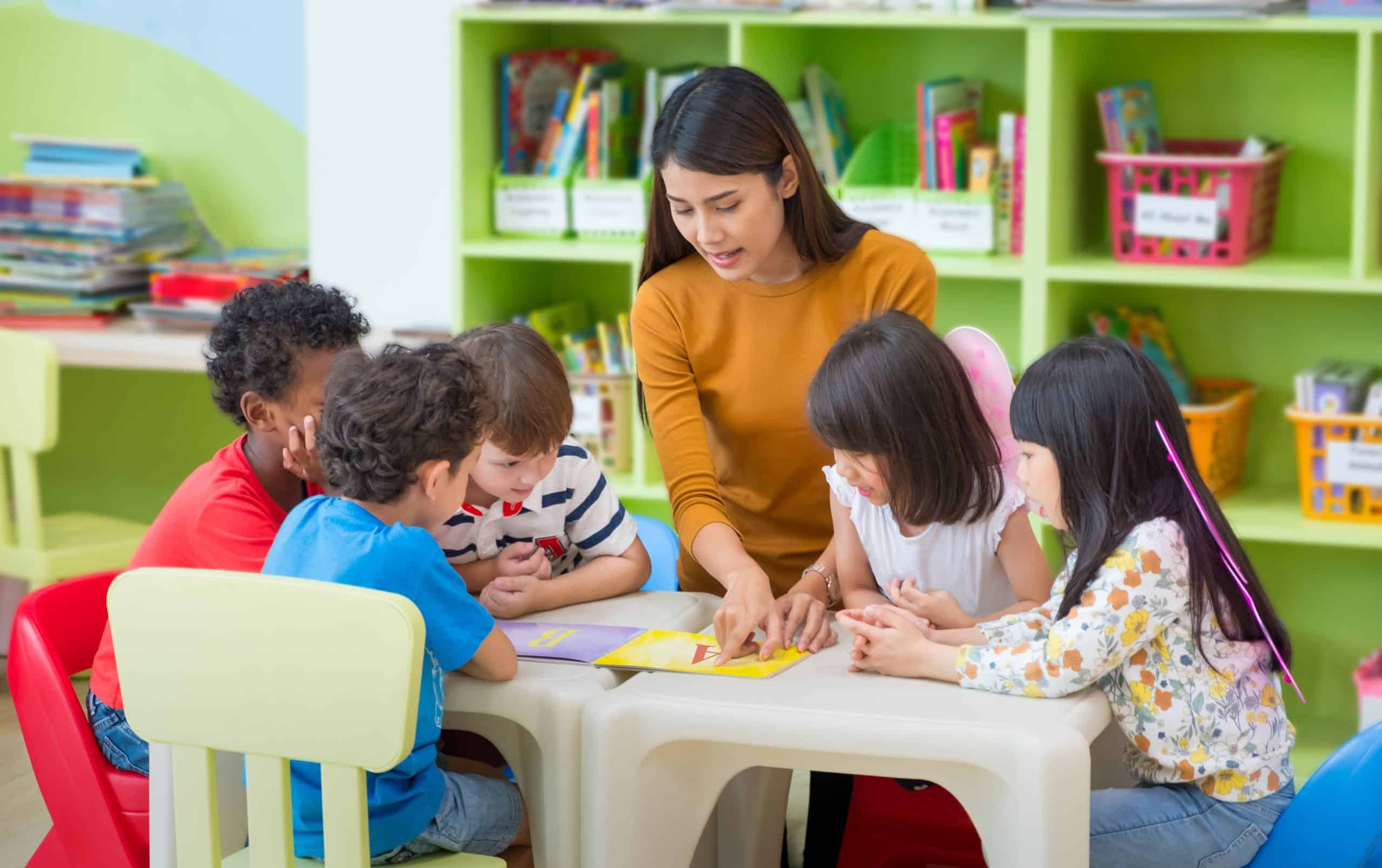Teaching is a dynamic process that plays a crucial role in shaping the minds of learners. To ensure effective learning, educators employ various teaching styles that cater to the diverse needs of students. Different teaching styles provide unique approaches to instruction, fostering engagement, comprehension, and retention of knowledge. In this article, we will delve into the exploration of these distinct teaching styles and their impact on the learning process.
Table of Contents
The Benefits of Incorporating Different Teaching Styles
Implementing different teaching styles brings a myriad of benefits to both students and educators. By employing a variety of approaches, instructors can reach learners with varying preferences, learning styles, and abilities. This diversity enhances engagement, as students are more likely to connect with instructional methods that align with their individual learning needs. Additionally, incorporating different teaching styles fosters a sense of inclusivity, creating an environment where every student can thrive.
Active Learning: A Dynamic Teaching Style
Active learning is a teaching style that emphasizes student participation and hands-on experiences. It encourages learners to engage in collaborative activities, discussions, and problem-solving exercises. By actively involving students in the learning process, educators promote critical thinking, creativity, and analytical skills. This teaching style facilitates a deeper understanding of concepts and enhances knowledge retention through practical application.
Visual Learning: Engaging Through Visual Stimuli
Visual learning is a teaching style that leverages visual aids, such as charts, diagrams, and multimedia presentations, to enhance comprehension and information retention. Visual stimuli help students grasp complex concepts more easily by presenting information in a visually appealing and memorable manner. This teaching style is particularly effective for learners who are visually oriented or have difficulty processing information through traditional auditory or textual methods.
The Power of Experiential Learning
Experiential learning immerses students in real-world experiences that connect classroom theories with practical applications. This teaching style allows learners to actively participate in hands-on activities, simulations, or field trips, enabling them to explore and comprehend concepts in a tangible way. By engaging in experiential learning, students develop problem-solving skills, critical thinking abilities, and a deeper understanding of the subject matter.
Collaborative Learning: Learning Together
Collaborative learning promotes group activities, discussions, and teamwork to facilitate the learning process. This teaching style encourages students to work together, exchange ideas, and collectively solve problems. By engaging in collaborative learning, students develop effective communication skills, improve their ability to work in teams and enhance their social interactions. This approach also nurtures empathy, respect, and appreciation for diverse perspectives.
Inquiry-Based Learning: Igniting Curiosity
Inquiry-based learning is a teaching style that encourages students to explore and investigate topics through self-directed inquiry. Rather than simply providing answers, educators guide learners to ask questions, conduct research, and seek solutions independently. This approach promotes critical thinking, problem-solving skills, and a thirst for knowledge. By engaging in inquiry-based learning, students become active participants in their education, fostering a sense of ownership and autonomy.
Personalized Learning: Tailoring Education to Individual Needs
Personalized learning is a teaching style that customizes instruction to accommodate the unique learning needs, interests, and abilities of each student. Educators assess individual strengths and weaknesses and then design learning experiences that address specific requirements. This approach enhances student engagement, motivation, and self-confidence. By adapting the curriculum to suit diverse learners, personalized learning ensures that every student receives the support and resources necessary for their academic success.
Lecture-Based Learning: Traditional Yet Effective
Lecture-based learning is a teaching style that relies on instructor-led presentations to deliver information to students. Although often associated with a more traditional approach, lectures can still be effective when used in combination with other teaching styles. Lectures provide a structured framework for presenting complex information, theories, and concepts. However, to ensure student engagement, it is essential to incorporate interactive elements, such as discussions, case studies, and multimedia resources.
The Importance of Flexibility in Teaching
Flexibility is a key component of effective teaching. Educators must be adaptable and willing to incorporate various teaching styles based on the needs of their students. Not all learners respond to the same instructional methods, and by embracing flexibility, educators can cater to diverse learning preferences and create an inclusive learning environment. Being open to experimentation and adjusting teaching approaches helps ensure that each student has the opportunity to thrive academically.
Conclusion – different teaching styles
In conclusion, exploring different teaching styles is crucial for effective learning. Each teaching style offers unique benefits and caters to the diverse needs of students. Active learning, visual learning, experiential learning, collaborative learning, inquiry-based learning, personalized learning, and lecture-based learning are just a few examples of the many approaches available to educators. By incorporating a range of teaching styles, instructors can create engaging and inclusive learning environments, fostering a love for learning, critical thinking skills, and subject matter comprehension. As educators continue to explore and implement different teaching styles, they can unlock the full potential of their students, nurturing a lifelong passion for knowledge acquisition and personal growth.
Learn about: Experience enhanced teaching and learning with Apex Learning. Empower students and educators for academic excellence.








